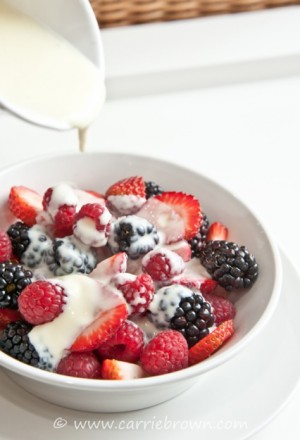
“Efficiency…is dependent on…the nature of the fuel and the processes enlisted by the organism. A simple example is the inefficiency of low-test gasoline…If a ‘calorie is a calorie’…were true, [then gasoline is gasoline and] nobody would pay extra for high test gasoline.” – R.D. Feinman, State University of New York Downstate Medical Center
A calorie is not a calorie when it comes to how Efficiently our fat metabolism system converts it into body fat. The more inEfficient calories are at being stored as body fat, the better. Keeping the science of SANE eating simple, fiber and protein are entirelyinEfficient.
Explaining the inEfficiency of fiber is easy. Fiber is not digested, and therefore can never be stored as body fat. The body tries and tries to digest fiber, but then after burning a bunch of calories trying to break down and absorb fiber, it gives up and passes fiber through the digestive system. That is why fiber helps keep us regular.
Explaining the inEfficiency of protein is a bit more involved. To start with let’s talk about the calories we burn digesting food. Our body digests fat and carbohydrate Efficiently. However, it takes our body five to ten times more energy to digest protein. In fact, about 30% of the calories we get from protein are burned digesting it. Protein’s inEfficiency doesn’t stop there.
Even after we burn 30% of protein calories during initial digestion, the road from chicken breast to love handles is far from over. Correction: there is no road from chicken breast to love handles. Protein cannot be stored as body fat. However, there is a super-highway shuttling glucose to our fat cells. So when we have excess protein lying around, excess protein is sent to the liver to be converted into glucose.
The process of converting protein into glucose is called gluconeogenesis (gluco = sugar, neo = new, genesis = creation). This processburns another 33% of the original protein calories eaten. Combine the third of protein calories burned during digestion with the third of those remaining calories burned during gluconeogenesis, and you and I are left with a measly 47% of the original protein calories. What started off as 300 calories of juicy protein is reduced to 140 calories of glucose in the bloodstream. But wait, there’s more.
Converting that newly formed glucose into body fat consumes another 25% of the glucose calories. So when everything is said and done, even if we never move a muscle, only 35% of the calories we get from protein can be stored as body fat. You read that correctly. Over two-thirds of calories from protein are burned converting protein into a compound which can be stored as body fat.
If we followed the same digestion process for starch, we would find that 70% of calories from starch can be stored as body fat. In other words, calories from starch are twice as Efficient at becoming body fat as calories from protein.
This does not mean we should eat 100% protein. Yet we can eat more and burn more by eating more protein-packed (and fiber-packed) food. And keeping long-term fat loss simple, the same techniques we are using to increase Satiety, decrease Aggression, and increase Nutrition, also decrease the Efficiency of our calories.